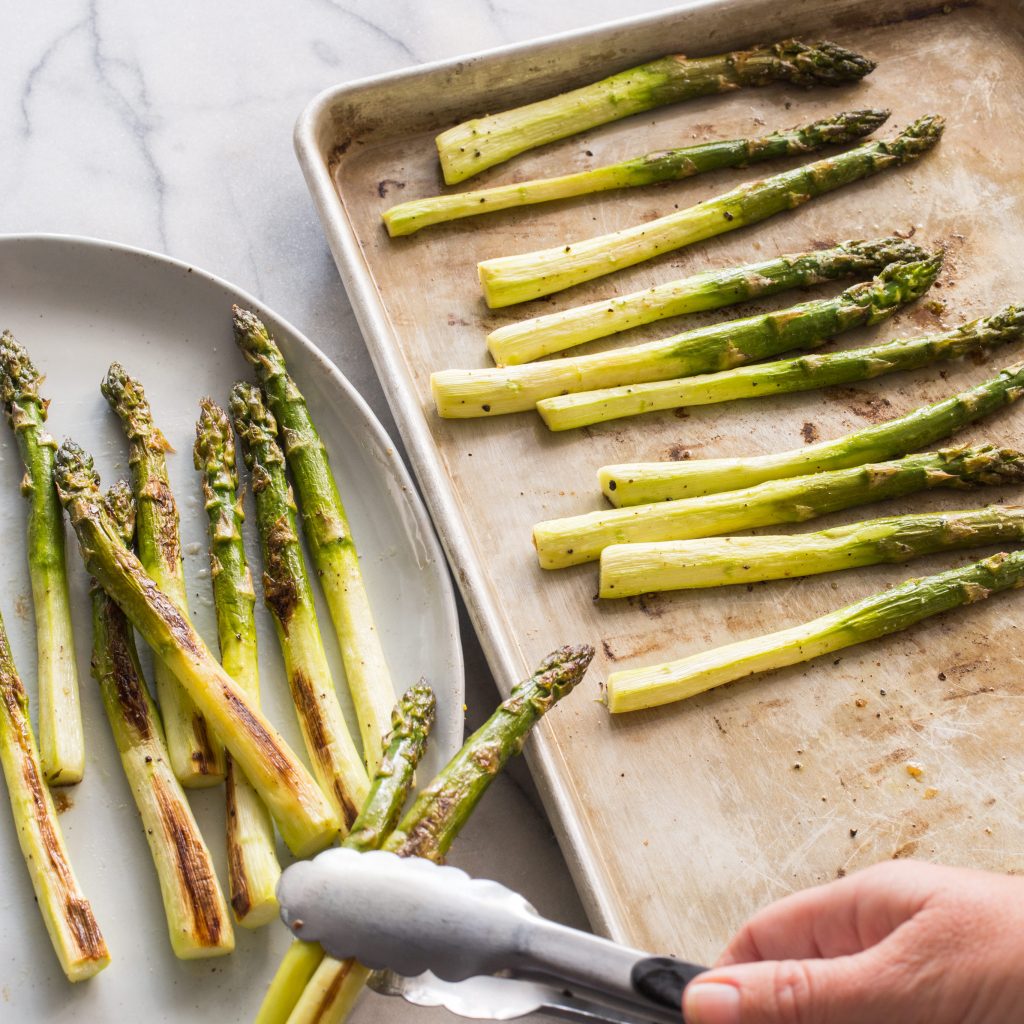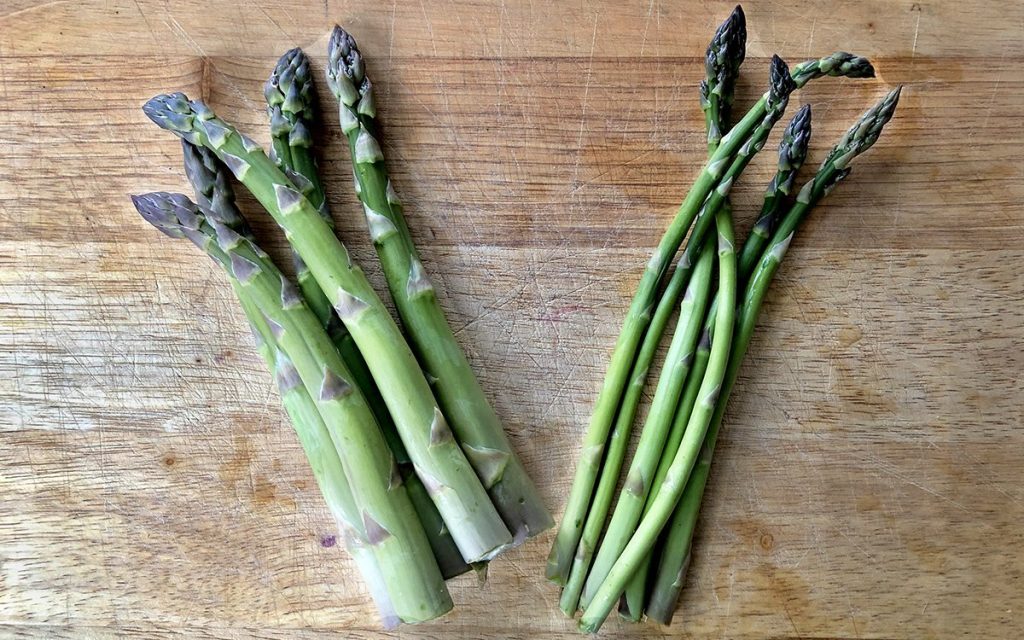When it comes to cooking asparagus, many home cooks focus solely on the preparation techniques—blanching, roasting, grilling, or sautéing—without considering an equally critical factor: the asparagus itself. Legendary culinary figures like Julia Child understood that successful cooking begins long before the food reaches the stove. Choosing the right asparagus at the market, right down to the thickness of each stalk, can have a profound impact on the final dish.
One of the biggest misconceptions about asparagus is that thinner is always better. This myth has been around for ages, but it’s not entirely accurate. While thin asparagus certainly has its place in the kitchen, it presents a unique set of challenges that not everyone anticipates. The core reason is simple: thin asparagus stalks lack the fleshy interior needed to endure high heat for extended periods. Because of their smaller size, they cook much faster and are far more prone to overcooking.
If you’re planning to roast asparagus on a baking sheet or grill it over an open flame, reaching for those ultra-thin stalks might not yield the best results. Exposure to high heat can cause thin asparagus to shrivel up, becoming either limp and soggy or, paradoxically, tough and stringy. The window between perfectly cooked and overdone is razor-thin with delicate stalks, making it incredibly easy to miss the mark.
How to Cook Thin Asparagus Without Ruining It
Of course, both thin and thick asparagus have their culinary merits. The key is knowing when and how to use each type to your advantage. For recipes that involve longer cooking times or higher heat, thicker asparagus is the safer, more forgiving choice. Thick spears hold up beautifully under roasting, grilling, or pan-frying. They develop a slightly crispy exterior while maintaining a juicy, tender interior that bursts with fresh, green flavor.
Thin asparagus, on the other hand, requires a gentler touch. Rather than abandoning it altogether, think about applications where its quick-cooking nature is actually a strength. Thin asparagus shines in lightly cooked or raw preparations. Tossed into fresh salads, incorporated into appetizers, or gently blanched and served cold with vinaigrettes, it can add a delicate, grassy flavor without the risk of mushiness.
Another fantastic use for thin asparagus is puréeing it into sauces, soups, or spreads. Because it softens so quickly, it can be blended easily into silky textures ideal for bright spring dishes. A thin asparagus soup with lemon and herbs, for instance, can showcase its flavor without relying on its structural integrity.
If you still want to use thin asparagus in hot preparations, timing and temperature control are everything. If roasting, consider a very quick blast of heat—five minutes or less in a very hot oven—to avoid overcooking. Or try sautéing: a quick toss in a hot frying pan with a little olive oil, garlic, and lemon zest can deliver excellent results without allowing the stalks to lose their texture. Keeping the cooking time short ensures that the asparagus stays vibrant and retains some snap.
Thick vs. Thin: Busting the Biggest Asparagus Myth
There’s also a long-standing assumption that thicker asparagus is automatically fibrous and tough, while thinner spears are more tender. In truth, it’s often the reverse. Thin asparagus has a higher fiber concentration relative to its size, making it more prone to that woody, chewy texture that many find unpleasant. Meanwhile, thick asparagus stalks often have a softer, juicier core and, if peeled or trimmed properly, are beautifully tender when cooked.
When selecting asparagus at the store or farmer’s market, don’t just judge by thickness alone. Look for stalks that are firm, with tightly closed tips. The color should be vibrant—whether green, purple, or white depending on the variety—and the ends should not appear overly dry or cracked. If you’re opting for thicker stalks, you can always peel the lower third to eliminate any toughness, creating a perfectly tender bite.
Ultimately, the success of your asparagus dish depends on understanding these nuances. If you’re dreaming of crispy, caramelized asparagus roasted on a baking sheet or grilled alongside steaks, thicker stalks will deliver the satisfying bite and juiciness you crave. If you want a fresh, delicate salad or a vibrant green purée, thin asparagus is your best friend—so long as you treat it with the care it demands.
In the kitchen, knowledge is as powerful an ingredient as salt or olive oil. Recognizing the differences between thick and thin asparagus—and adjusting your cooking method accordingly—will ensure that no matter how you prepare it, asparagus can shine as the star of your springtime table.
Next time you’re browsing the produce aisle, don’t just reach for the thinnest bunch without a second thought. Instead, match your selection to your cooking plan, and enjoy asparagus the way it’s meant to be enjoyed: vibrant, flavorful, and deliciously satisfying.


Leave a comment